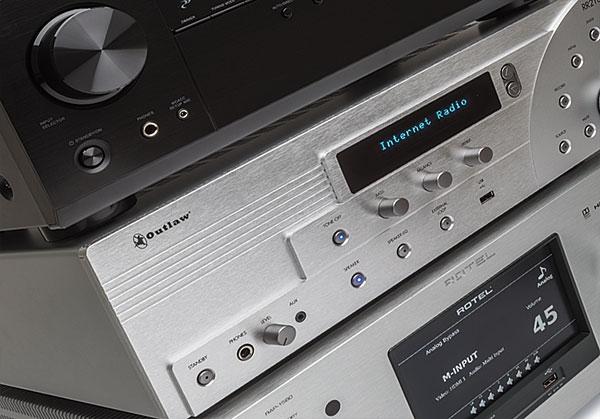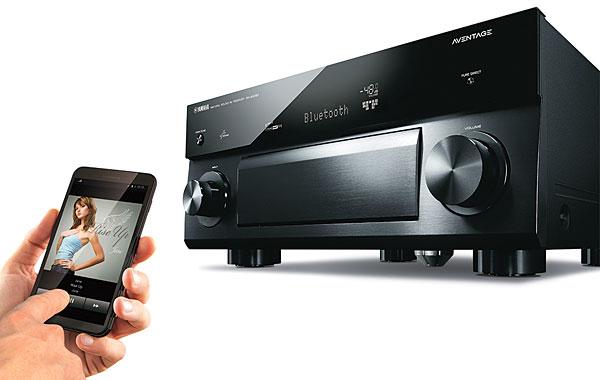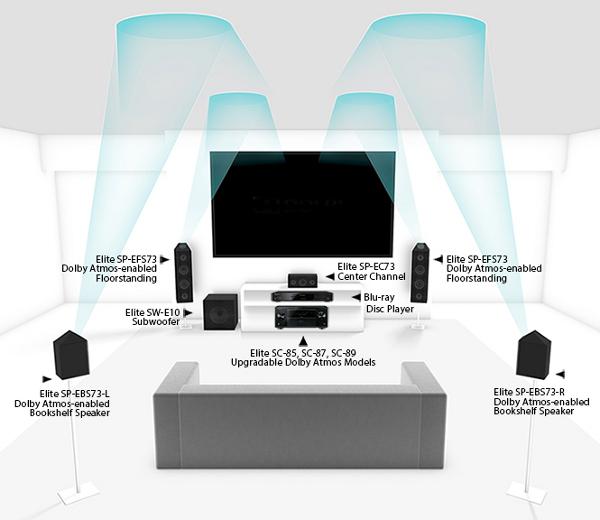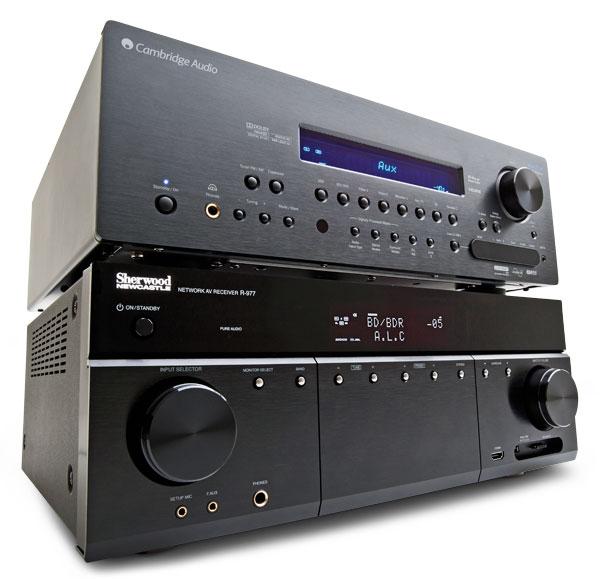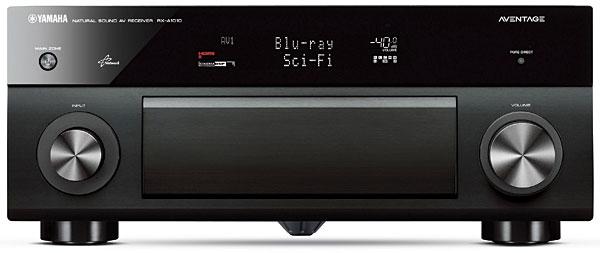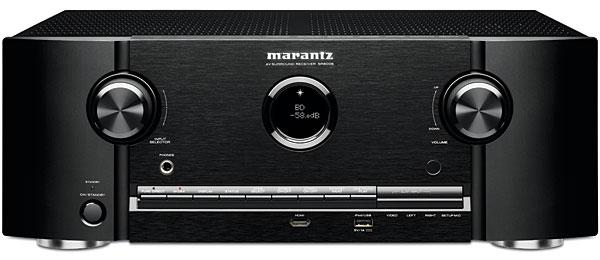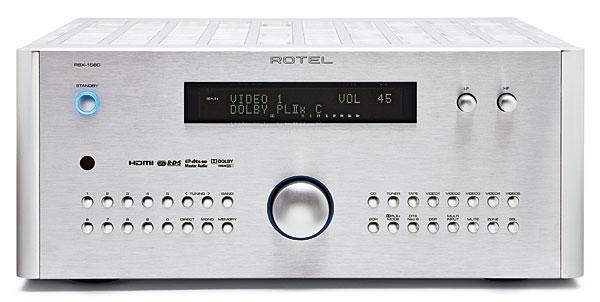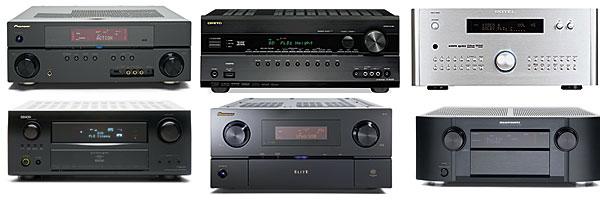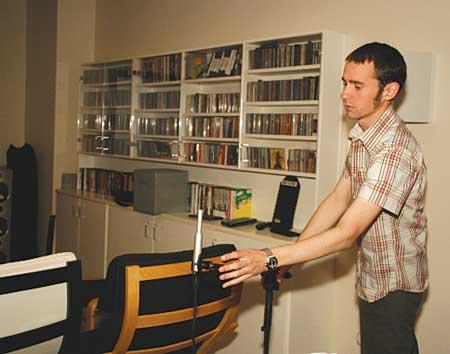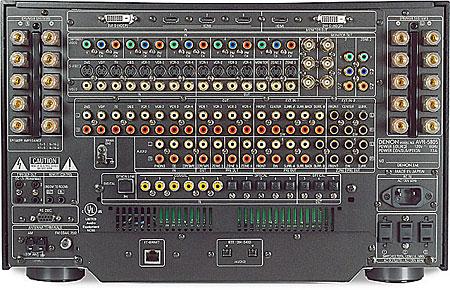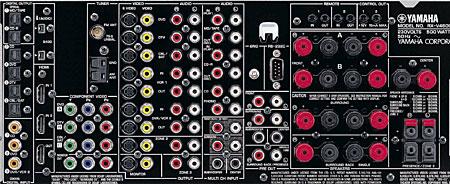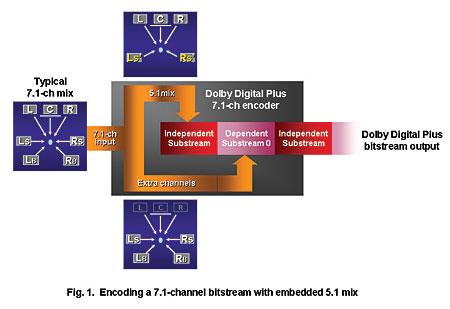AV Receiver Tech
Sort By: Post Date TitlePublish Date
|
Sep 09, 2015
|
Jun 27, 2014 |
First Published: Jun 28, 2014
|
Jun 05, 2013
|
Nov 13, 2012
|
Jul 10, 2012
|
Jul 18, 2011
|
Mar 17, 2011
|
Sep 10, 2007 |
First Published: Aug 10, 2007
|
May 29, 2007
|
May 25, 2007
|
May 21, 2007 |
First Published: Apr 21, 2007
